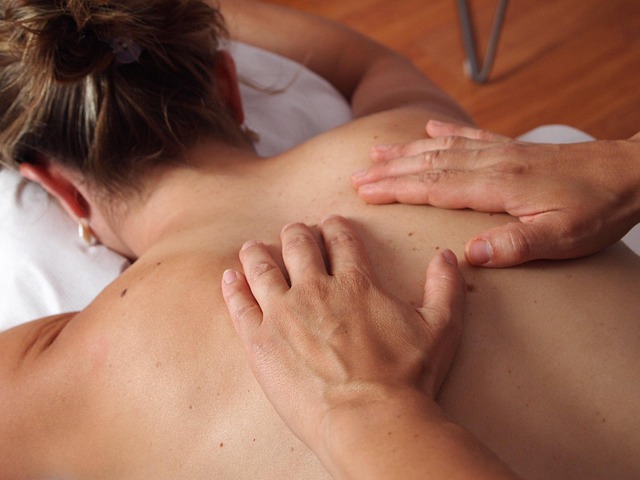Evidence-Based Soaking Routines to Relieve Tired Soles
Foot soaks are a simple, evidence-informed practice that can ease soreness, soften skin and support basic foot care when used safely. This guide explains practical routines, safety checks, and situations that need professional input, while noting common risks such as allergic reaction and when to seek a clinician’s advice.

This article is for informational purposes only and should not be considered medical advice. Please consult a qualified healthcare professional for personalized guidance and treatment.
Foot soaks can be an effective, low-cost measure to relieve tired soles and support routine foot hygiene. When performed with appropriate temperature control, modest durations and careful additive selection, soaks may reduce transient soreness and make subsequent skin care steps—like gentle exfoliation and moisturization—safer and more comfortable. The following sections outline evidence-based precautions, practical checks, and when to involve a clinician, avoiding overstated claims and focusing on safety.
How to prevent allergic reaction during soaks
Some soak additives—essential oils, fragrances, botanical extracts and even salts—can cause an allergic reaction or contact dermatitis in sensitive individuals. To reduce risk, always perform a patch test: apply the diluted additive to a small area of skin on the ankle and wait 24 hours for signs of allergy such as redness, itching, or swelling. If any reaction occurs, stop use and choose plain warm water or clinician-recommended products. For severe symptoms such as widespread swelling or breathing difficulty, seek emergency medical care.
What to check before-and-after a soak
Inspect feet carefully both before-and-after each soak. Look for cuts, blisters, discolored nails, drainage or signs of infection, and dry or cracked skin between toes. Photograph persistent problems for before-and-after comparisons to track healing. Cleanse minor debris and dry thoroughly, especially between toes, to lower fungal risk. Avoid soaking if you have an open wound unless a healthcare professional specifically advises it—soaks can macerate tissue and delay healing if used inappropriately.
Can soaks improve confidence and cosmetic appearance
Regular, gentle foot care that includes soaking, followed by moisturizing and safe nail trimming, can improve the cosmetic appearance of feet and help some people feel more confident about personal grooming. Avoid aggressive callus removal after a soak; instead, use gentle tools and emollients to maintain the skin barrier. If cosmetic concerns relate to structural changes or prior procedures such as implants or crowns used in dental work that affect overall comfort, coordinate care with the relevant clinician to ensure safe, integrated care.
When to consult a doctor or dentist about foot care
Consult a doctor or podiatrist if you notice increasing pain, spreading redness, fever, persistent drainage, or any signs suggesting an infection. People who have had recent operations or procedures on the lower limb should ask their surgeon about appropriate timing and methods for soaking. Dentists and crowns are mentioned here only as an example of when procedural complications elsewhere in the body might also require coordinated care; if you have implants or recent surgeries, discuss localized foot care with your clinician before trying new routines.
Considerations for insulin users and people with vision loss
People with diabetes who use insulin, an insulin pump, or perform glucose checks with lancets need to exercise extra caution because neuropathy or circulatory problems can reduce sensation and slow healing. Avoid hot baths that risk burns, inspect feet daily, and involve your diabetes care team in planning any new foot-care routine. For those with vision loss or who wear glasses, consider asking a caregiver or clinician to help with inspections or to review before-and-after photos shared via telehealth so that subtle changes are not missed.
How healthcare technology and therapy options support safe soaking
Healthcare technology—telehealth visits, secure wound imaging, and remote monitoring—can help clinicians assess progress without unnecessary travel. Share clear before-and-after photos and follow clinician instructions on temperature, duration and acceptable additives. Soak therapy is supportive care and not a substitute for prescribed treatments; for persistent or severe problems clinicians may recommend additional therapies or procedures. Keep additives away from lips or face, store supplies safely, and follow device instructions if you use wearable sensors or medical devices.
Soaking routines can be a practical component of foot care when guided by safety principles: moderate temperature, limited duration, thoughtful additive selection and careful inspection. Coordinate with healthcare professionals for personalized advice, especially after operations or for people with diabetes, impaired vision, or implanted devices. Monitor before-and-after changes and seek prompt clinical review for any signs of infection or worsening symptoms.






